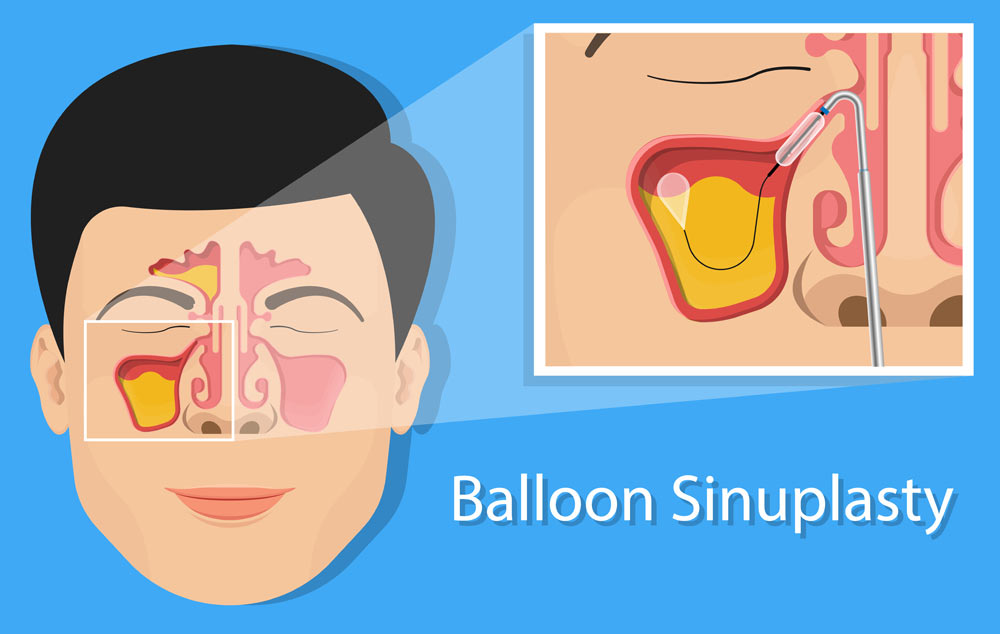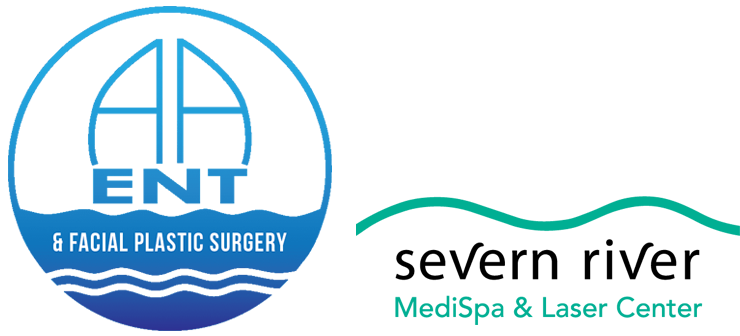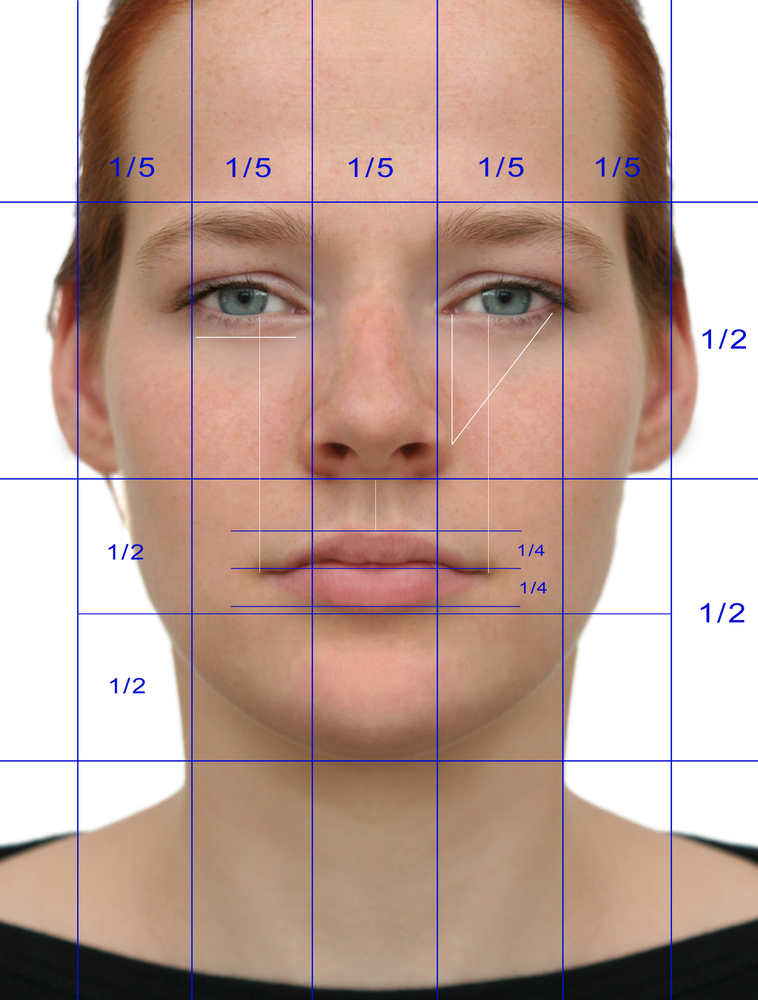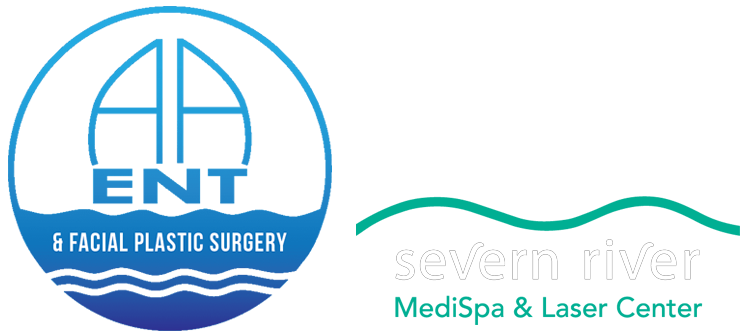Sinus surgery is a procedure performed to alleviate symptoms related to sinusitis, which is a common condition characterized by inflammation and swelling of the sinuses. There are two main types of sinus surgery: Balloon Sinuplasty and Traditional Sinus Surgery. Both procedures have their advantages and disadvantages, and it’s important to understand the differences between them before deciding which one to choose.
What is Balloon Sinuplasty?

Balloon Sinuplasty is a minimally invasive procedure that uses a small balloon catheter to open blocked sinus passages. During the procedure, a balloon is inserted into the blocked sinus passage and then inflated to expand the sinus opening. This allows for improved drainage and ventilation of the sinus cavity. One of the main advantages of Balloon Sinuplasty is that it is minimally invasive, and patients generally experience less pain and faster recovery times compared to traditional sinus surgery.
What is Traditional Sinus Surgery?
Traditional Sinus Surgery, on the other hand, is a more invasive procedure that involves making incisions in the face or inside the mouth to access the sinuses. In some cases, an endoscope may also be used to access the sinuses through the nasal passages. During the procedure, the surgeon may remove bone and tissue to widen the sinus openings and improve drainage. Traditional Sinus Surgery is often more effective for severe cases of sinusitis, but it can also be more painful and have a longer recovery time compared to Balloon Sinuplasty.
How They Compare
Here is a table comparing Balloon Sinuplasty and Traditional Sinus Surgery:
| Balloon Sinuplasty | Traditional Sinus Surgery | |
| Procedure | Minimally invasive procedure that uses a small balloon catheter to open blocked sinus passages | More invasive procedure that involves making incisions in the face or inside the mouth to access the sinuses |
| Anesthesia | Local anesthesia | General anesthesia |
| Pain | Generally less painful | Can be more painful |
| Recovery Time | Shorter recovery time | Longer recovery time |
| Efficacy | May be less effective for severe cases of sinusitis | More effective for severe cases of sinusitis |
| Cost | Generally less expensive | Generally more expensive |
| Scarring | No scarring | May result in visible scarring |
| Complications | Rare complications, such as infection or bleeding | Potential for more complications, such as injury to surrounding tissue or nerve damage |
It’s important to note that each patient’s experience and outcome may vary based on their individual situation and the skill of the surgeon performing the procedure. Consultation with a qualified physician is recommended to determine which procedure is best suited for each patient’s specific needs.
How to Choose
Several factors should be considered when deciding between Balloon Sinuplasty and Traditional Sinus Surgery. These factors include:

- Severity of the sinusitis: Balloon Sinuplasty is generally recommended for patients with mild to moderate sinusitis, while Traditional Sinus Surgery is typically reserved for more severe cases.
- Medical history: Patients with certain medical conditions, such as bleeding disorders or compromised immune systems, may not be good candidates for Traditional Sinus Surgery due to the increased risk of complications. Balloon Sinuplasty may be a safer option for these patients.
- Recovery time: Balloon Sinuplasty typically involves a shorter recovery time compared to Traditional Sinus Surgery. Patients who require a faster recovery time may opt for Balloon Sinuplasty.
- Preference for a minimally invasive procedure: Balloon Sinuplasty is a minimally invasive procedure that involves no incisions, while Traditional Sinus Surgery involves making incisions in the face or inside the mouth. Patients who prefer a less invasive procedure may choose Balloon Sinuplasty.
- Efficacy: Traditional Sinus Surgery may be more effective for severe cases of sinusitis compared to Balloon Sinuplasty. Patients who have not responded to other treatments may opt for Traditional Sinus Surgery.
It’s important to note that each patient’s situation is unique, and a qualified physician should be consulted to determine the best treatment option for each individual.
In Conclusion
In conclusion, Balloon Sinuplasty and Traditional Sinus Surgery are two different approaches to treating sinusitis. Both procedures have their advantages and disadvantages, and the decision on which one to choose should be based on the patient’s individual needs and the severity of their condition. Consultation with a qualified physician is highly recommended to determine which procedure is best suited for each patient’s specific situation.








